abecarnil
- CAS NO.:111841-85-1
- Empirical Formula: C24H24N2O4
- Molecular Weight: 404.46
- MDL number: MFCD00865327
- SAFETY DATA SHEET (SDS)
- Update Date: 2023-07-14 17:44:39
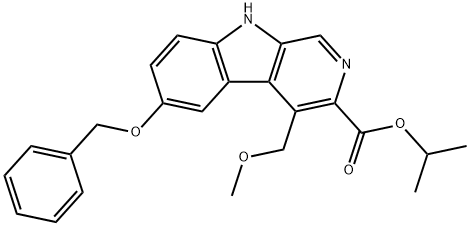
What is abecarnil?
Description
Abecarnil is a β-carboline-3-carboxylic acid derivative that is in development for the treatment of anxiety disorders. Animal work has shown that abecarnil has a low propensity to cause the problems of dependency and abuse and that the drug has marked anxiolytic and anticonvulsant activity but does not appear to have significant effects on motor coordination—a finding in marked contrast to the effects of diazepam (Stephens et al. 1990). This interesting phenomena may be explained by the fact that abecarnil is acting as a full agonist at some receptors that mediate certain effects (potent anxiolytic) and as a partial agonist at others (lack of side effects). One published clinical study compared abecarnil at different doses with placebo in patients with generalized anxiety disorder (Ballenger et al. 1991). This showed that abecarnil was significantly more effective than placebo in terms of anxiolysis. Stopping treatment produced no withdrawal effects in patients on the lower dose, although some effects were seen in those taking higher doses.
Originator
Abecarnil,Schepa
The Uses of abecarnil
Abecarnil is a partial agonist at the benzodiazepine–GABA receptor complex, and is used in generalized anxiety disorder.
Therapeutic Function
Anticonvulsant, Anxiolytic
Hazard
Human systemic effects.
Properties of abecarnil
| Melting point: | 150-151° |
| Boiling point: | 620.2±55.0 °C(Predicted) |
| Density | 1.246±0.06 g/cm3(Predicted) |
| pka | 13.98±0.40(Predicted) |
| CAS DataBase Reference | 111841-85-1 |
Safety information for abecarnil
Computed Descriptors for abecarnil
New Products
Tert-butyl bis(2-chloroethyl)carbamate 4-Methylphenylacetic acid N-Boc-D-alaninol N-BOC-D/L-ALANINOL 3-Morpholino-1-(4-nitrophenyl)-5,6-dihydropyridin- 2(1H)-one Furan-2,5-Dicarboxylic Acid Tropic acid 1,1’-CARBONYLDIIMIDAZOLE DIETHYL AMINOMALONATE HYDROCHLORIDE R-2-BENZYLOXY PROPIONIC ACID 1,1’-CARBONYLDI (1,2-4 TRIAZOLE) N-METHYL INDAZOLE-3-CARBOXYLIC ACID (2-Hydroxyphenyl)acetonitrile 4-Bromopyrazole 5-BROMO-2CYANO PYRIDINE 5,6-Dimethoxyindanone 5-broMo-2-chloro-N-cyclopentylpyriMidin-4-aMine 2-(Cyanocyclohexyl)acetic acid 4-methoxy-3,5-dinitropyridine 2-aminopropyl benzoate hydrochloride 1-(4-(aminomethyl)benzyl)urea hydrochloride diethyl 2-(2-((tertbutoxycarbonyl)amino) ethyl)malonate tert-butyl 4- (ureidomethyl)benzylcarbamate Ethyl-2-chloro((4-methoxyphenyl)hydrazono)acetateRelated products of tetrahydrofuran

![4-(METHOXYMETHYL)-6-(PHENYLMETHOXY)-9H-PYRIDO[3,4-B]INDOLE-3-CARBOXYLIC ACID ETHYL ESTER HYDROCHLORIDE](https://img.chemicalbook.in/CAS/GIF/83910-44-5.gif)
![METHYL 1H-PYRROLO[2,3-C]PYRIDINE-5-CARBOXYLATE](https://img.chemicalbook.in/CAS/GIF/147071-00-9.gif)
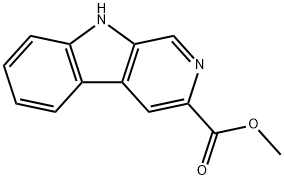
![1H-Pyrrolo[2,3-c]pyridine-5-carboxylicacid(9CI)](https://img.chemicalbook.in/CAS/GIF/130473-27-7.gif)
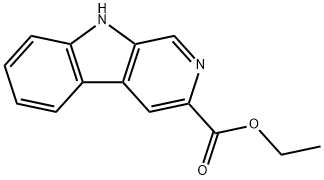
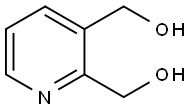
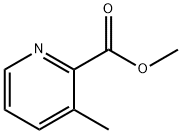
You may like
-
 2033-24-1 98%View Details
2033-24-1 98%View Details
2033-24-1 -
 1975-50-4 98%View Details
1975-50-4 98%View Details
1975-50-4 -
 2-HYDROXY BENZYL ALCOHOL 98%View Details
2-HYDROXY BENZYL ALCOHOL 98%View Details
90-01-7 -
 2-Chloro-1,3-Bis(Dimethylamino)Trimethinium Hexafluorophosphate 221615-75-4 98%View Details
2-Chloro-1,3-Bis(Dimethylamino)Trimethinium Hexafluorophosphate 221615-75-4 98%View Details
221615-75-4 -
 61397-56-6 CIS BROMO BENZOATE 98%View Details
61397-56-6 CIS BROMO BENZOATE 98%View Details
61397-56-6 -
 14714-50-2 (2-Hydroxyphenyl)acetonitrile 98+View Details
14714-50-2 (2-Hydroxyphenyl)acetonitrile 98+View Details
14714-50-2 -
 118753-70-1 98+View Details
118753-70-1 98+View Details
118753-70-1 -
 733039-20-8 5-broMo-2-chloro-N-cyclopentylpyriMidin-4-aMine 98+View Details
733039-20-8 5-broMo-2-chloro-N-cyclopentylpyriMidin-4-aMine 98+View Details
733039-20-8